Not All Sugars Created Equal – Guideline for Prediabetes
Last Updated on June 3, 2023
What is Prediabetes?
A prediabetes diagnosis can be alarming. Frequent peeing, excessive thirst, and high-ish blood sugar levels are all signs of “prediabetes”. This is a condition in which the body doesn’t use insulin properly. It’s often a precursor to type 2 diabetes.
According to the Mayo Clinic, people with prediabetes are more likely to develop type 2 diabetes within 10 years. With prediabetes, you may also be at risk of developing cardiovascular disease & kidney damage.
However, a prediabetes diagnosis doesn’t mean you will definitely get type 2 diabetes. The key is early intervention; to get your blood sugar out of the prediabetes range. Your diet is important, and you need to know the right kind of foods to eat.
How Diet relates to Prediabetes
There are many factors that increase your risk for prediabetes. Genetics can play a role, especially if diabetes runs in your family. Excess body fat and a sedentary lifestyle are other potential risk factors. In prediabetes, sugar from food begins to build up in your bloodstream because insulin can’t easily move it into your cells.
Eating carbohydrates doesn’t cause prediabetes. But a diet filled with carbohydrates that digest quickly can lead to blood sugar spikes. For most people with prediabetes, your body has a difficult time lowering blood sugar levels after meals.
When you eat more calories than your body needs, they get stored as fat. This can cause you to gain weight. Body fat, especially around the belly, is linked to insulin resistance. This explains why many people with prediabetes are also overweight.
Healthy Lifestyle
Lifestyle changes can help you maintain balanced blood sugar levels as well as a healthy weight. Below are suggestions for a healthy lifestyle.
Added Sugar Vs. Natural Sugar
The type of carbohydrate that is easily broken down and digested by your body is referred to as sugar. Some sugar occurs naturally in foods, while other sugar is added to foods to give them a sweeter taste. Foods with naturally occurring sugar include fruits and vegetables. Although these foods provide sugar, they also provide essential vitamins, minerals and fiber. The sugar they contain is not added.
Fruits that have been processed such as applesauce and fruit juices have had their fiber removed & sugar added to them.
Identify foods with added sugar by examining the nutrition facts label. Added sugars are listed with the ingredients under names like sucrose, corn syrup, fructose, glucose, hydrolysed starch, raw sugar, etc. Although all sugar contributes to a rise in blood sugar and must be considered in your total carbohydrate intake, it is better to consume foods with no added sugar for maximum health benefits.
The American Heart Association recommends that women consume fewer than 100 calories, or 25 grams (6 teaspoons), of added sugars per day and that men consume fewer than 150 calories, or 37.5 grams (about 9 teaspoons), of added sugars per day.
Read Food Labels
Read the nutritional information on food labels to see how much sugar the food contains. Remember that sugar has many different names. The nearer the beginning of the ingredient list the sugar is, the more sugar the product contains.
Look for the “Carbohydrates (of which sugars)” section in the nutrition label to see how much sugar the product contains for every 100 g.
More than 22.5 g of total sugars per 100 g is high.
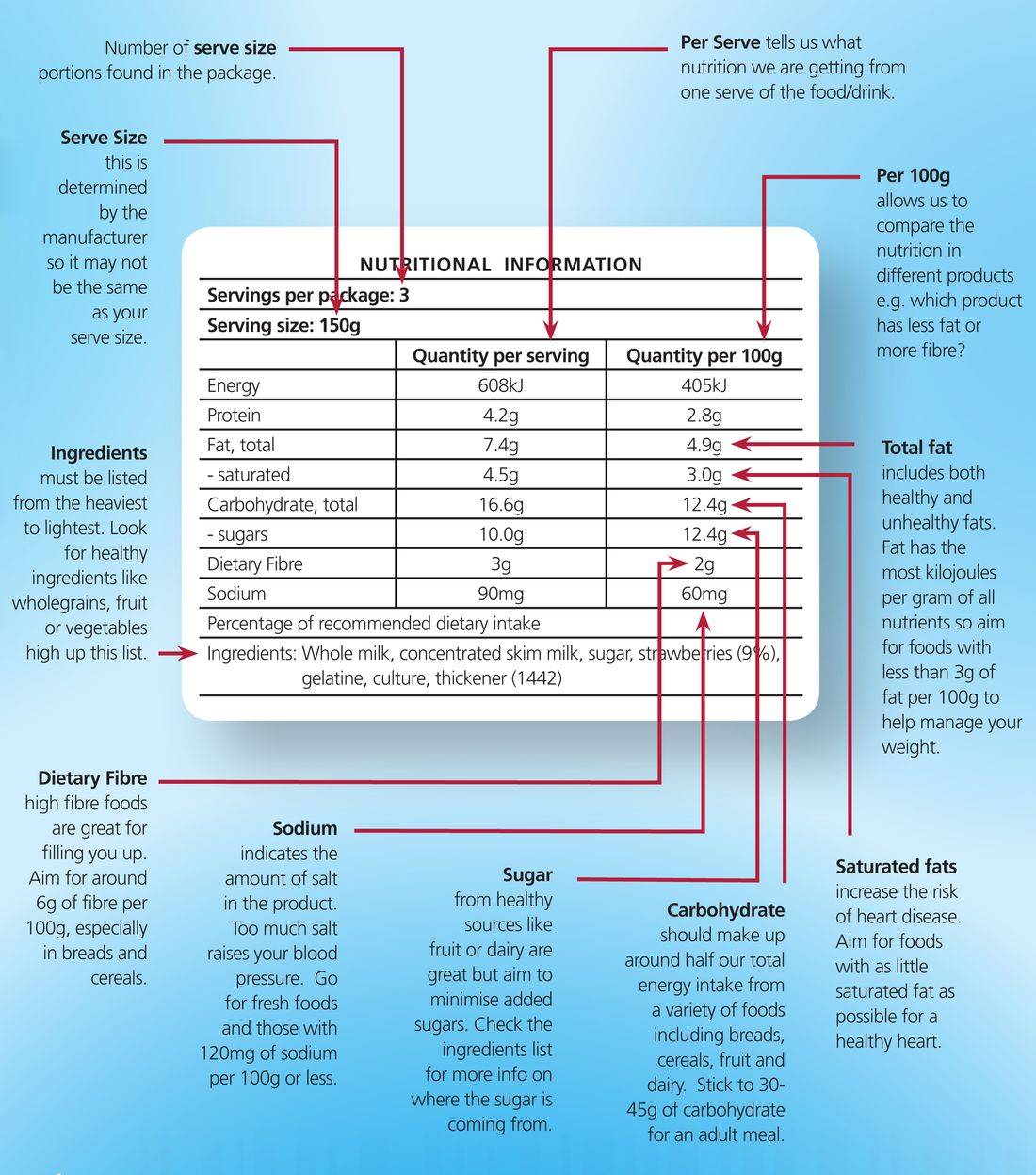
Glycemic Index
One way to choose fruits and other high-carbohydrate foods is to check the glycemic index (GI). The GI is a ranking of foods on a scale from 1 to 100, with their score indicating how quickly they raise blood sugar levels.
High GI foods are absorbed faster than medium or low GI foods. Low GI foods are best for helping control blood sugar levels.
It may be a surprise to learn that most fruits have a low glycemic index.
Below is a list of fruits divided by GI index:
- Low GI fruits (GI less than 55): Apples, Avocados, Bananas, Berries, Cherries, Grapefruit, Grapes, Kiwi fruit, Nectarines, Orange, Peaches, Pears, Plums, Strawberries.
- Medium-GI fruits (GI of 56 to 69): Honeydew melon, Figs, Papayas, Pineapples.
- High-GI fruits (GI Index of 70 or greater): Dates, Watermelon
Drink Alcohol in Moderation
Moderation is a healthy rule to live by in most instances. Drinking alcohol is no exception. Many alcoholic beverages are dehydrating. Some cocktails may contain high sugar levels that can spike your blood sugar.
Keep your drink as simple as possible. Avoid adding sugary juices or liqueurs. Keep a glass of water nearby that you can sip on to prevent dehydration.
Drink Plenty of Water
Water is an important part of any healthy diet. Drink enough water each day to keep you from becoming dehydrated. If you have prediabetes, water is a healthier alternative than sugary sodas, juices, and energy drinks. The amount of water you should drink every day depends on your body size, activity level, and the climate you live in. You can determine if you’re drinking enough water by monitoring the volume of urine. Also make note of the color. Your urine should be pale yellow.
Exercise
Exercise is a part of any healthy lifestyle. Exercise & diet go together. A lack of physical activity has been linked to increased insulin resistance, according to the National Institute of Diabetes and Digestive and Kidney Diseases (NIDDK). Exercise causes muscles to use glucose for energy, and makes the cells work more effectively with insulin.
The NIDDK recommends exercising five days a week for at least 30 minutes. Exercise doesn’t have to be strenuous or overly complicated. Walking, dancing, riding a bicycle, taking an exercise class, or finding another activity you enjoy are all examples of physical activity.
Reference:
https://www.medicalnewstoday.com/articles/311220.php
https://www.healthline.com/health/diabetes/prediabetes-diet

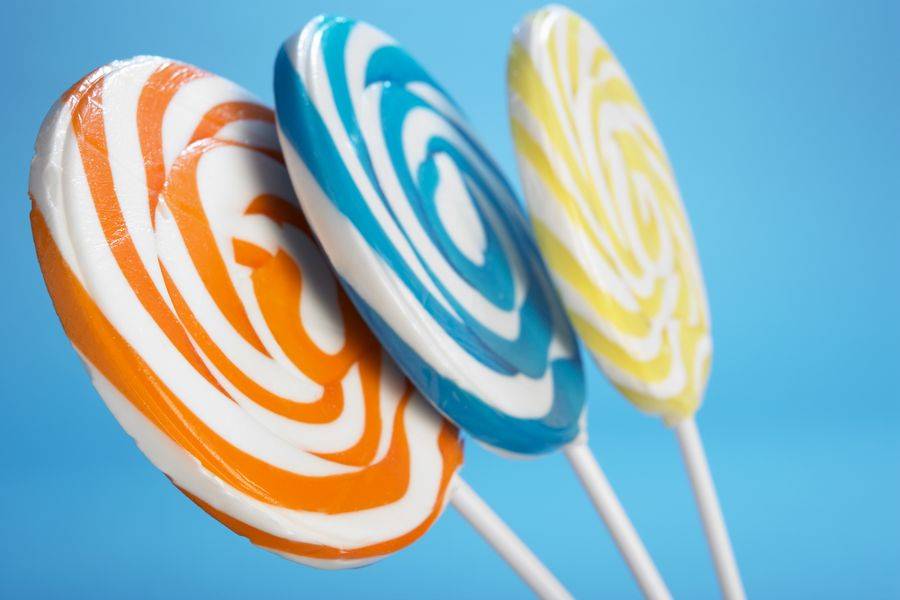
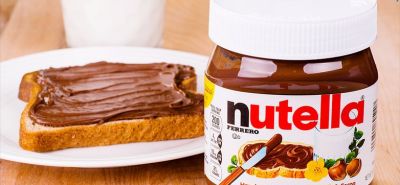

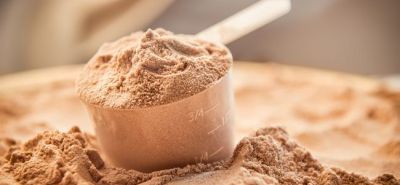
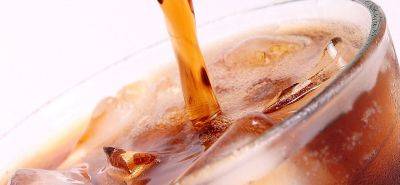

Leave a Reply